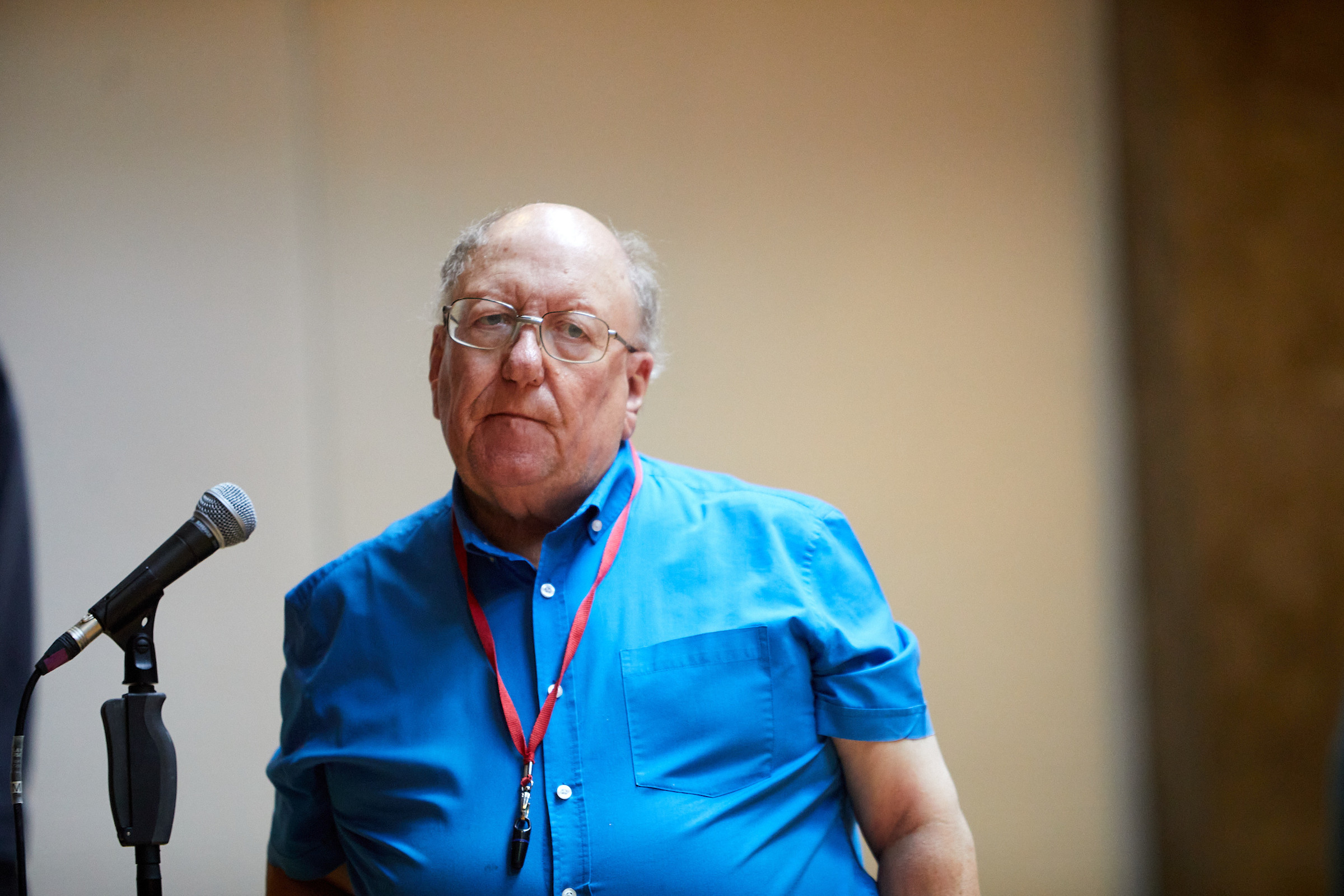
Or it could simply have been a move to find work, and a better future for all of them.
Michael Hassell
This is the story of John and Samuel Wark, two of my Grandmother’s brothers, my great-uncles.
In 1892 my great-grandfather, Matthew Wark moved the family from Londonderry to West Yorkshire. Why? I don’t know. It could have been because Matthew, a Protestant, had married Biddy Mullen, a Catholic in 1888. In the late 19th century. Londonderry had a Unionist majority, but there was much political activity at this time, in Ireland and in the British Parliament, and Matthew may have decided to move his family to England. Or it could simply have been a move to find work, and a better future for all of them. Matthew’s brother, James Wark and his family moved with them. The two families had worked on the farms back in Ireland, but came to the mining areas of West Yorkshire. However, the 1901 Census shows Matthew working as a General Farm Labourer, and James as an Agricultural Labourer, Cattle and Horses.
John was born in September, 1891 in Ireland, and my Grandmother was born in England in January,1893, so we can feel sure they moved in 1892. Another girl was born in 1895, and Sam was born in 1898. Altogether there were 9 children. John was the oldest male, and Sam was six years his junior, but we know Sam looked up to his older brother.
The 1911 Census shows both Matthew and James, still on the farms, but John, now aged 20, and Sam, only 13, were both working as Colliery Labourers
1914 brings WW1, and John now 23, and Sam, just 16 enlist. They join the West Yorkshire Regiment. We know they joined at the same time because they have consecutive army numbers; Sam is 16978, and John 16979. As these Regiments get depleted by the large number of casualties, troops are moved.
At some point John and Sam are moved to the King’s Regiment (Liverpool), but again they have consecutive numbers. Sam is now 49831, and John is 49832. They are in the same Battalion, but Sam is in ‘A’ Company, and John is in ‘D’ Company. There is probably a good reason or this.
There is a book, THE HISTORY OF THE KING’S REGIMENT (LIVERPOOL).
Chapter 33 tells of the days before and the days of the 3rd Battle of Ypres 1917. The Battle of Pilckem Ridge, 31 July – 2 Aug 1917 was the opening attack of the Battle. At the end of the Chapter is a list of Casualties from that conflict. Amongst the names are John and Sam.
Samuel died on the 24th July, 1917—John on the 31st July—just 7 days later. They were listed as ‘missing presumed killed’. Like many other soldiers their bodies were never recovered, but they are remembered in perpetuity on the Wall of Remembrance at the Menin Gate in the town of Ypres.
Their cousin James, son of James Wark, also died in WW1. He died of his wounds in April 1917 following the Battle of Arras. However, he does have a marked grave. Even so, 1917 was a tragic year for both families.